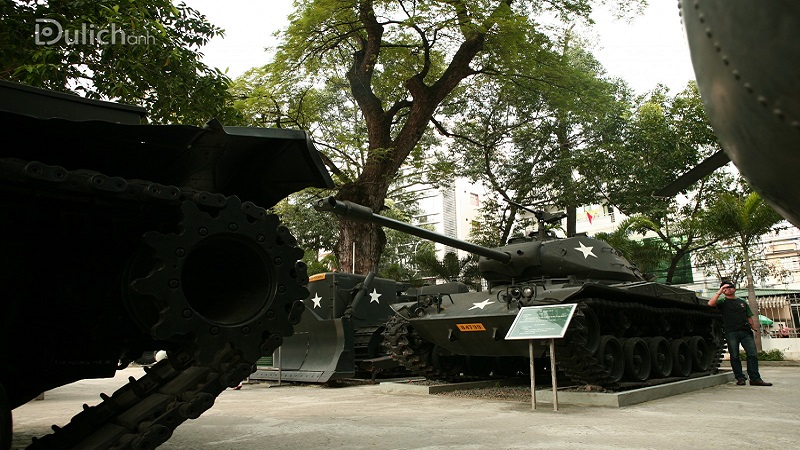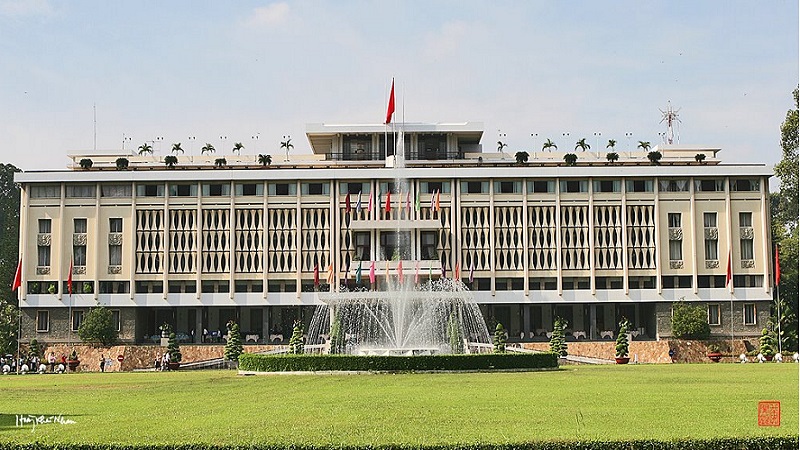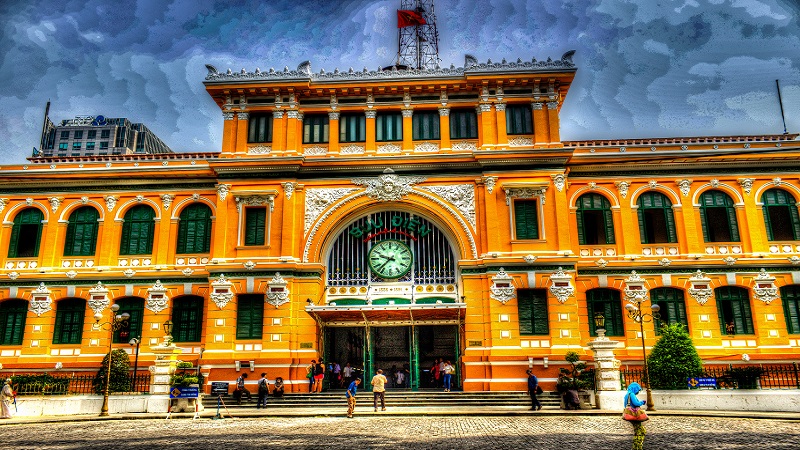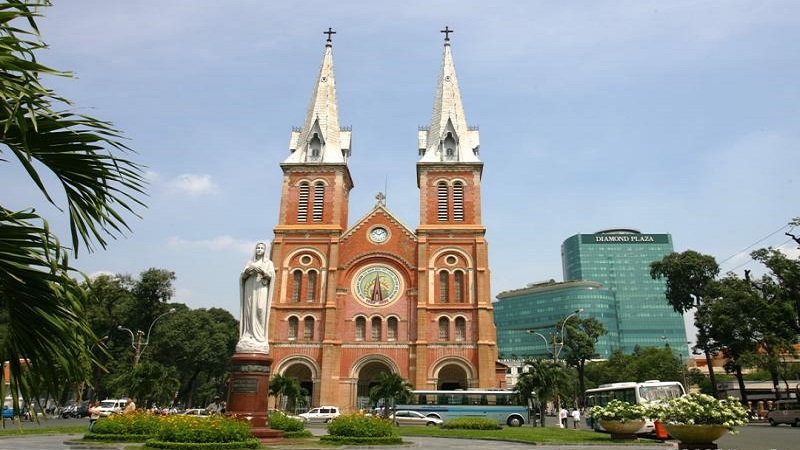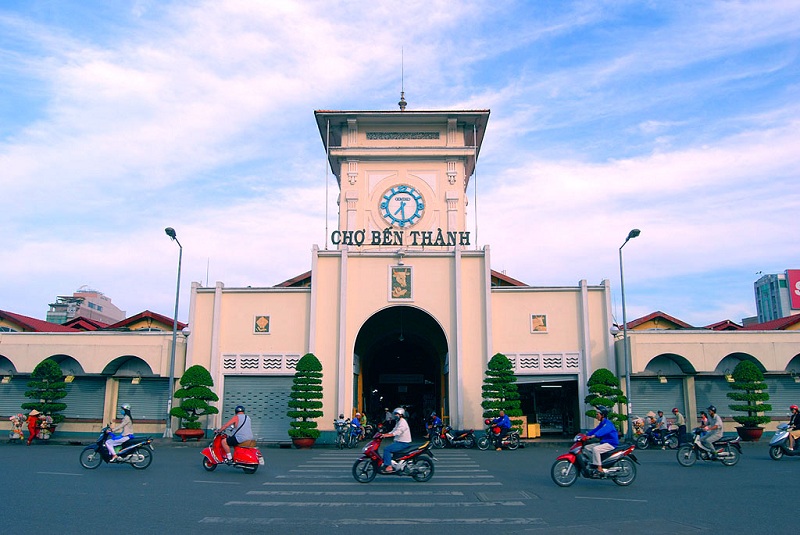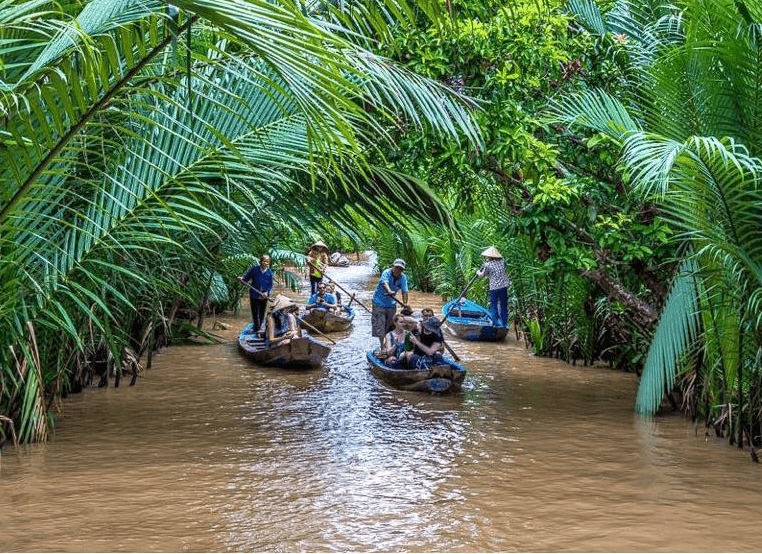Saigon Travel Guide
Best Things to Do in Saigon
What Things to Do and Best Places to Visit in Ho Chi Minh City? Do not expect spectacular mountain views, landscape or a calm ocean breeze; Ho Chi Minh city is more of a multicultural hub. You will not be likely to fall in love at the first sight with this busy city, but if you give it some time and open up to people here, you will figure out why so many expats choose this busy city to settle down. If, however, you only have a couple of days in town, here are some must see attractions and activities not to be missed to give you a clue into the local history and lifestyle of Saigon.
1 - Saigon War Remnants Museum: This was first named American War Crime Museum from 1975 after the Vietnam War finished. But then the name changed into War Remnant Museum from 1995. This museum with a lot of documents about Vietnam War and nowadays this become the Must-See Place in Ho Chi Minh City.
2 - Saigon Reunification Palace: was known as Independence Palace during the Vietnam War. This was built on the site of the former Norodom Palace designed by architect Mr Ngo Viet Thu and was the home and workplace of the President of South Vietnam during the Vietnam War. On 8 April 1975, Mr Nguyễn Thanh Trung, a pilot of the Vietnam Air Force and an undetected communist spy, flew an F-5E aircraft from Biên Hòa Air Base (Dong Nai Province) to bomb the palace, but caused no significant damage. At 10:45 on 30 April 1975, a tank of the North Vietnamese Army bulldozed through the main gate, ending the Vietnam War.
In November 1975, after the negotiation convention between the communist North Vietnam and their colleagues in South Vietnam was completed, the Provisional Revolutionary Government renamed the palace Reunification Hall (Reunification Palace).
3 - Saigon Central Post Office: Saigon Central Post Office is one of the typical buildings in Ho Chi Minh City, located at No. 2, Paris Public Garden, District 1. This is a building built by the French in about five years. 1886-1891 with European design by architects Villedieu and assistant Foulhoux. This is a Western-style architecture combined with oriental decoration.
Outside, in front of the rectangular building, on which to enumerate the inventors of the telegraph and electrical industry. In the boxes covered with laurel wreaths, on the arc of the house is a large clock. In the upper side, two high walls are two historical maps bearing the name: Saigon et ses environs, 1892 and Lignes télégraphiques du Sud Vietnam et du Cambodge, 1936. The building is next to Notre Dame Cathedral. This is also a tourist attraction for travelers to Saigon (Ho Chi Minh City, Vietnam).
4 - Saigon Notre dame cathedral: Notre Dame Cathedral (Nhà Thờ Đức Bà Sài Gòn) is now the cathedral of Saigon Archdiocese. Before that, in the first phase of Tay Dang Trong (now Archdiocese of Saigon - Ho Chi Minh City), there was a first church, called Saigon Church on Road No. 5 (now Ngo Duc Ke street, District 1) and then the second Saigon church built on the banks of the Grand Canal. The Grand Canal, formerly known as the Canal Market or Charner Canal, is located right in the middle of Nguyen Hue Street, starting from Bach Dang Wharf, which runs straight to the West Commune, now the People's Committee of HCMC (86 Le Thanh Ton Street) District 1.
On 11.4.1861, as decided by Admiral Léonard Victor Joseph Charner, the Grand Canal was renamed the Charner Canal. The banks of the canal are two parallel roads: Rigault de Genouilly (Tax mall) and Charner street (Palace hotel, Ho Chi Minh City). In 1887, the Charner Canal was leveled. The two sides of the canal are merged into Charner Boulevard. In 1956, Charner Boulevard was renamed Nguyen Hue Boulevard, and today is the Nguyen Hue Walking Street.
5 - Cu Chi Tunnels: Cu Chi Tunnels System is an underground defensive system in Cu Chi District, 70 km north-west from Ho Chi Minh City center. This tunnels system was excavated by the Viet Minh and the National Front for the Liberation of South Vietnam during the Indochina War (French War) in 1948 and the Vietnam War (American War to Vietnamese). The tunnels system includes an infirmary, several rooms, a kitchen, a storage room, an office, an underground tunnel system. The tunnel system is about 250 km long and has ventilation systems at the bushes. Cu Chi tunnels are built on land known as "steel land", located at the end of the Ho Chi Minh Trail. During the Tet Offensive of 1968, the National Front for the Liberation of South Vietnam used this tunnel system to attack Saigon.
In 2015, Cu Chi tunnels received the title of Labor Hero for outstanding achievements in labor and creativity. During 20 years of operation, the area received more than 20 million domestic and foreign visitors to visit, learn. This is defitenaly a must place to visit in Ho Chi Minh City. On February 12, 2016, the Cu Chi Tunnels Historic Site received the Special National Monument Ranking.
6 - Ben Thanh Market is a market located in District 1, Ho Chi Minh City. The market was started constructing from 1912 to the end of March 1914, it was completed. In many cases, the clock image at the south gate of this market is considered an unofficial symbol of Ho Chi Minh City.
Originally, Ben Thanh market existed before the French invaded Gia Dinh. Initially, the market's location was on the bank of the Ben Nghe River, next to a river wharf near Gia Dinh citadel (at that time the Quy city, also known as the Bagua citadel). This port is used for travelers and soldiers to enter the city, hence the name Ben Thanh, and the market is also called Ben Thanh market.
7 - Mekong Delta: Mekong Delta (Nine Dragon River Delta to Vietnamese) is the southernmost of Vietnam, also known as the Southern Plains or the South West, or, as the West is called, Central Vietnam, which has a central city. Can Tho city and 12 provinces: Long An (former Long An and Kien Tuong), Tien Giang (former My Tho province), Ben Tre, Vinh Long, Tra Vinh, Hau Giang (former Can Tho province) Dong Thap (former Sa Dec and Kien Phong), An Giang (formerly Long Xuyen and Chau Doc), Kien Giang (former Rach Gia), Bac Lieu and Ca Mau.
According to the General Statistics Office of Vietnam 2017, the total area of the provinces and cities of the Mekong Delta is 40,548.2 km² and the total population of the provinces in the region is 17.9 milions people. The Mekong River Delta accounts for 13% of the country's total area but over 19% of the country's population, higher than the whole country (7.8% in 2015 and 6.8% in the whole country). Rice alone accounted for 47% of the area and 56% of the country's rice production; Rice exports from the whole region account for 90% of production. Not to mention 70% of the area, 40% of output and 60% of exports nationwide. However, the Mekong River Delta is still poorer than the whole country.
8 - Saigon Walking Street: is known as the "Western Street" (Vietnamese: Phố Tây) because of its Western culture-oriented features. This Night Walking Street is always crowded with young locals and backpackers who come here to have fun, try local cuisines, and explore new places during their trip to Saigon / Ho Chi Minh City.
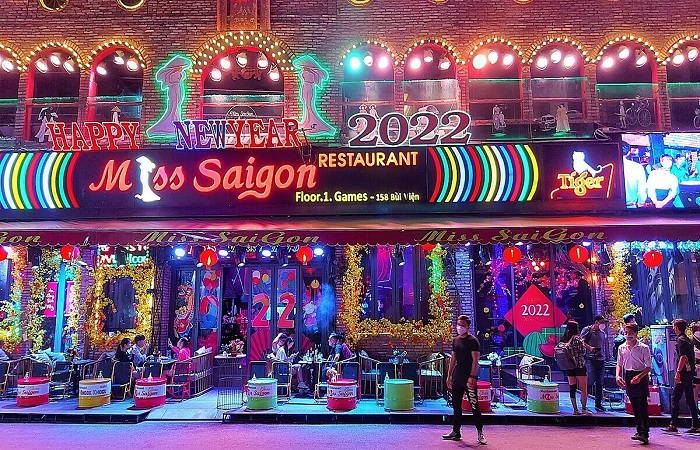
Bui Vien Night Walking Street is located on three main streets: Bui Vien, De Tham, and Pham Ngu Lao, which is known as the "Backpacker District" by locals, which refers to the large number of backpackers who visit this area of Saigon / Ho Chi Minh City. The western backpackers often compare Bui Vien Street to Khao San Walking Street (Bangkok's tourist street) and sometimes call it Khao San Saigon. It is not an exaggeration to say that this walking street has long been a hot spot for tourists from Asia, Europe, Africa, and so on. The factors mentioned above make a tourist area – Bui Vien Street.
9 - Saigon Night Markets: Night markets have long become one of the indispensable cultural features in the Saigon/Ho Chi Minh City of Vietnam. These are shopping and entertainment places that are interested by many people, especially young people.
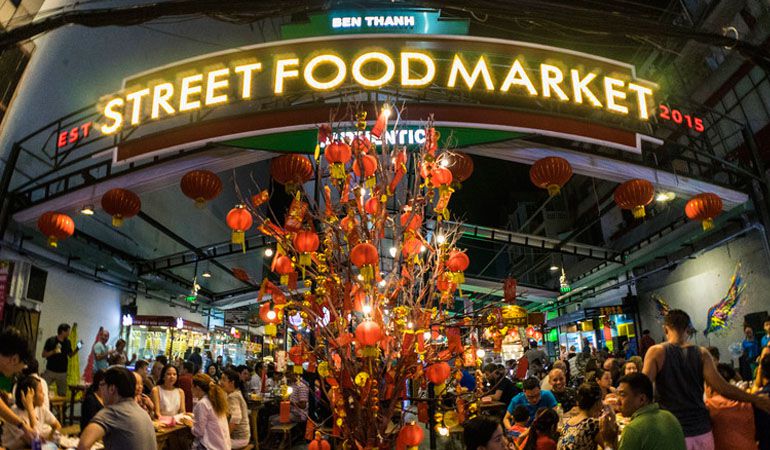
Because of that, there are many tourists who wish to find these places to shop and enjoy delicious dishes. Let's take a look at the famous Saigon night markets through our article of the Best Unique Things to Do and What to See in Saigon/Ho Chi Minh City of Vietnam!
10 - Saigon Opera House: Know as The Municipal Theatre of Ho Chi Minh City, The Opera House is a Gothic-style architecture. This is not only a place to host major art shows, but also an interesting tourist destination, attracting visitors.
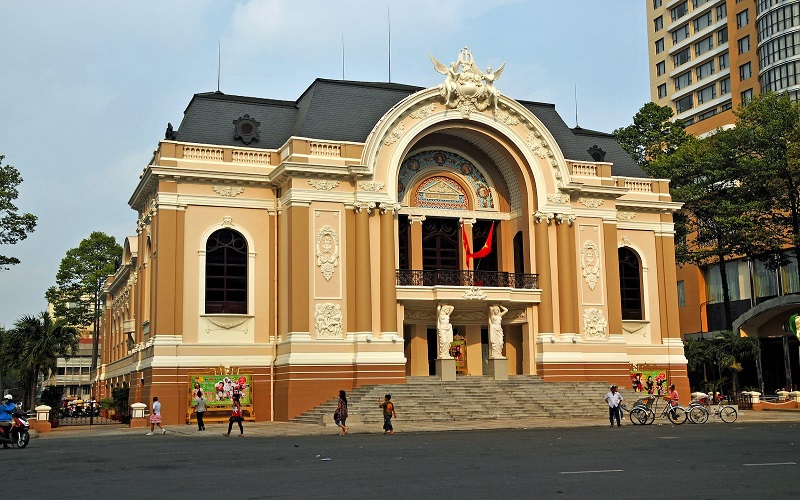
If you are planning to travel to Saigon, surely Ho Chi Minh City Theater is one of the destinations that visitors should not miss. Let's learn, discover unique architecture and interesting art shows here!
11 - Cao Dai Temple in Tay Ninh: Tay Ninh Holy See also known as Holy Temple is a religious work of Cao Dai religion, located at Pham Ho Phap street in the inner suburb of Tay Ninh Holy See in Long Hoa ward, Hoa Thanh town, Tay Ninh province. ; about 5 km southeast of Tay Ninh city center, in the Southeast region.
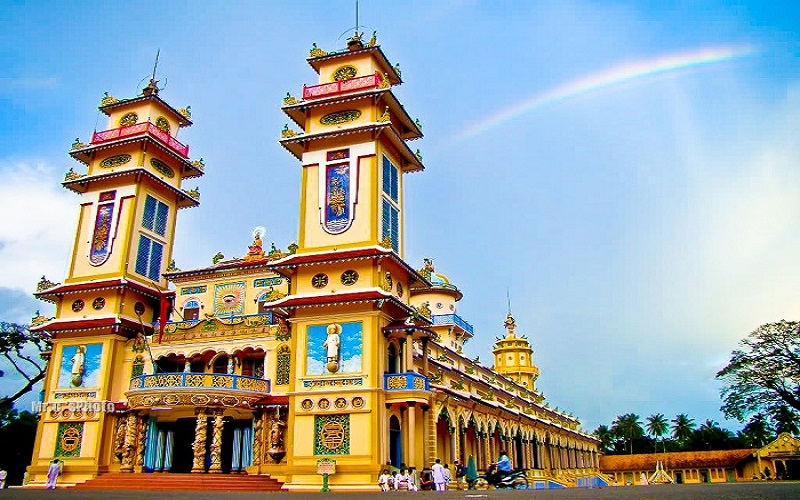
This is To Dinh, the central worshiping base of Cao Dai religion. Calling Tay Ninh Holy See To Dinh, because this is the origin of Cao Dai religion, is the place where the central offices of Cao Dai Church, or Tam Ky Pho Do Dai Dao Church, are located to run all religious activities. missionary activities and human salvation. The Holy Temple is a massive, magnificent and unique temple to worship the Supreme Being Ngoc Hoang God, the Three Religions, Tam Tran and Ngu Chi Dai Dao, and the Gods, Saints, Fairies, and Gods. Buddha.
12 - Ho Chi Minh City Zoo: Located on Nguyen Binh Khiem Street in District 1, Ho Chi Minh City, Saigon Zoo and Botanical Garden is an animal and plant conservation park in Ho Chi Minh City, Vietnam. This is the eighth oldest zoo in the world.

Saigon Zoo and Botanical Garden is home to over a hundred species of mammals, reptiles and birds, as well as many rare orchids and ornamental plants. Also within the grounds is the Ho Chi Minh City Museum of History, housing some 25,000 artifacts of history, culture and ethnography of South Vietnam.
Best of Vietnam

Best Vietnamese Food You Have to Try in Vietnam
Best Food in Vietnam: Vietnamese Traditional Food is top World well known to be both healthy and...
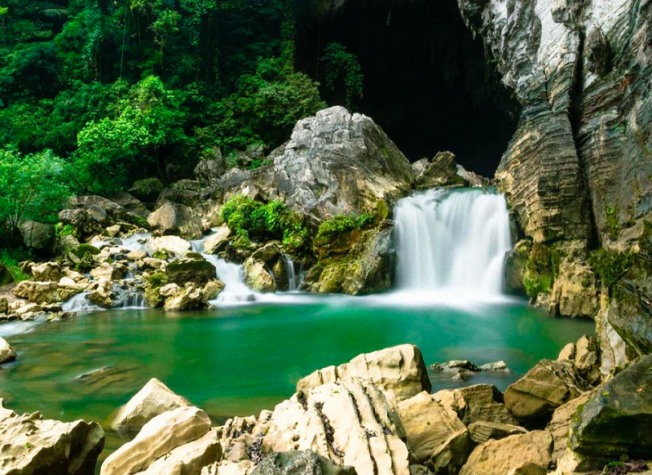
10 Best National Parks in Vietnam
Vietnam Travel Guide: If you look for the Best Wildlife Discovery Experience in Vietnam, here are...
Read More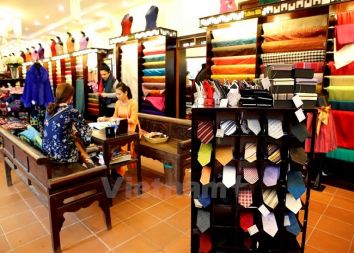
Best Souvenir to Buy in Vietnam
If you look for Best Things to Buy when traveling to Vietnam to bring home for your family & friends...
Read More
The 10 Best Places to Visit in Vietnam
Vietnam Travel Guide: Home to an extensive collection of historical and cultural attractions,...
Read More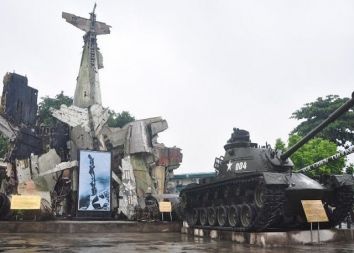
Top 10 Museums You Should Not Miss in Vietnam
Vietnam, 4.000 years old country has a unique and lengthy history, culture with 54 ethnic groups. It...
Read MoreFind your trip
Vietnam Best Tours
Vietnam Car Rental
Vietnam Travel Blog
- Vietnamese People: Origin, History, Culture and Traditions
- Vietnam Currency: Best ATM and Places to Exchange Money
- Vietnam Map: Regions, Cities & Provinces Map of Vietnam
- What is illegal Things in Vietnam: Rules & Laws for Tourists
- Best Time to Travel to Vietnam to Avoid the Bad Weather
- Vietnam News: Population & Religions of 54 Ethnic Groups


